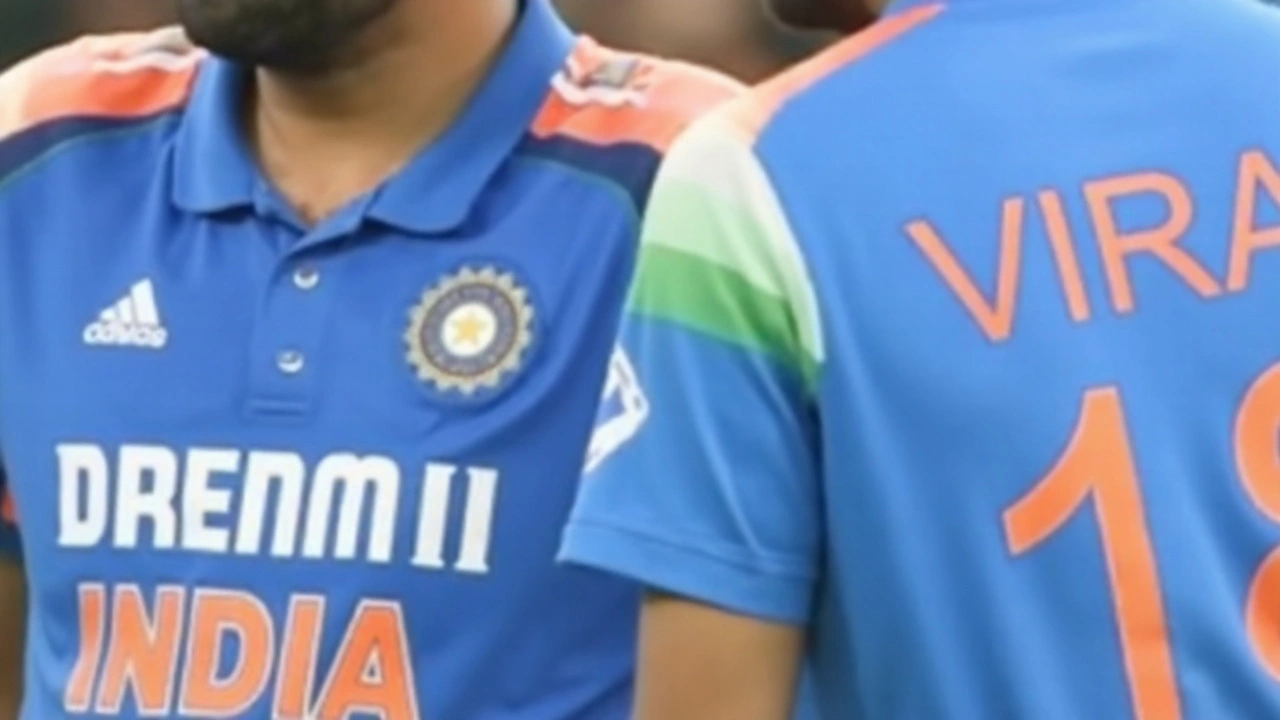Virat Kohli vs Rohit Sharma: ODI Numbers Against Pakistan Explained
If you’re a cricket fan, the name‑drop of Virat Kohli and Rohit Sharma instantly sparks debate. When you add Pakistan into the mix, the conversation gets even hotter. In September 2025 we broke down every ODI innings they’ve played versus Pakistan, so you can see who really has the edge and why the stats matter.
Head‑to‑head numbers in plain view
Kohli has racked up more runs per innings against Pakistan, but Rohit holds the record for the highest single‑match score. Rohit’s 140 in 2019 still tops the list, while Kohli’s unbeaten 183 in 2012 remains the most talked‑about knock. In terms of strike rate, Kohli nudges ahead, averaging around 92 runs per 100 balls, compared to Rohit’s 88. The average tells a story: Kohli tends to score consistently, whereas Rohit can explode with big centuries but has a few quieter days.
Why the stats matter for the rivalry
India‑Pakistan ODIs are rare, so every innings carries extra weight for fans, selectors, and the players themselves. A high strike rate in a chase can shift momentum, while a solid average helps build confidence for future matches. Kohli’s steadier average gives India a safety net in tight chases, whereas Rohit’s big scores can demoralise the opposition and set up massive totals.
Venue also plays a big role. When the games are on sub‑continental pitches that favour spin, Kohli’s technique shines, leading to a higher average. On flatter, faster tracks, Rohit’s timing and power allow him to hit more boundaries, boosting his strike rate. The data reflects this split – Kohli’s best performances came in Delhi and Kolkata, while Rohit’s standout knocks were in Karachi and Lahore.
Recent form adds another layer. In the last three ODIs against Pakistan, Kohli has scored 45, 62, and 28 – a solid but not spectacular run. Rohit, on the other hand, managed 30, 85, and a quiet 12. The 85 shows he can still produce big innings, but the low score hints at inconsistency. Fans often point to these fluctuations when arguing who is the better ‘big‑game’ player.
What does this mean for upcoming series? If India needs to chase a daunting target, Kohli’s higher average and ability to rotate strike become crucial. If the team wants to set a massive total, Rohit’s potential for quick runs and boundary hitting can change the game in a few overs.
Beyond pure numbers, the psychological battle is intense. Kohli’s 183 came in a high‑pressure match that ended in a narrow win, boosting his aura as a clutch player. Rohit’s 140, however, was in a dominant victory that underscored his capability to lead an innings when the team needs it. Both innings are still replayed on highlight reels, fueling the rivalry.
In short, the stats tell us that Kohli offers consistency and a slightly better strike rate, while Rohit provides occasional fireworks that can swing a match. The real takeaway? India’s success against Pakistan often hinges on blending both styles – steady accumulation from Kohli and explosive bursts from Rohit.
So the next time you hear a debate about who is the better batsman against Pakistan, remember the numbers: Kohli’s average, Rohit’s big scores, venue influence, and recent form. It’s not just about who scored more runs; it’s about how those runs fit the team’s plan. Keep these points in mind when you watch the next India‑Pakistan ODI – they’ll make the game a lot more interesting.

Virat Kohli vs Rohit Sharma: ODI stats vs Pakistan and what they really tell us
Rohit Sharma has more ODI runs vs Pakistan, but Virat Kohli edges the average and strike rate. Their headline knocks—Kohli’s 183 in 2012 and Rohit’s 140 in 2019—came in high-pressure games. Recent form is mixed for both, shaped by venue and match situation. With few India–Pakistan ODIs, every innings carries extra weight.
View More